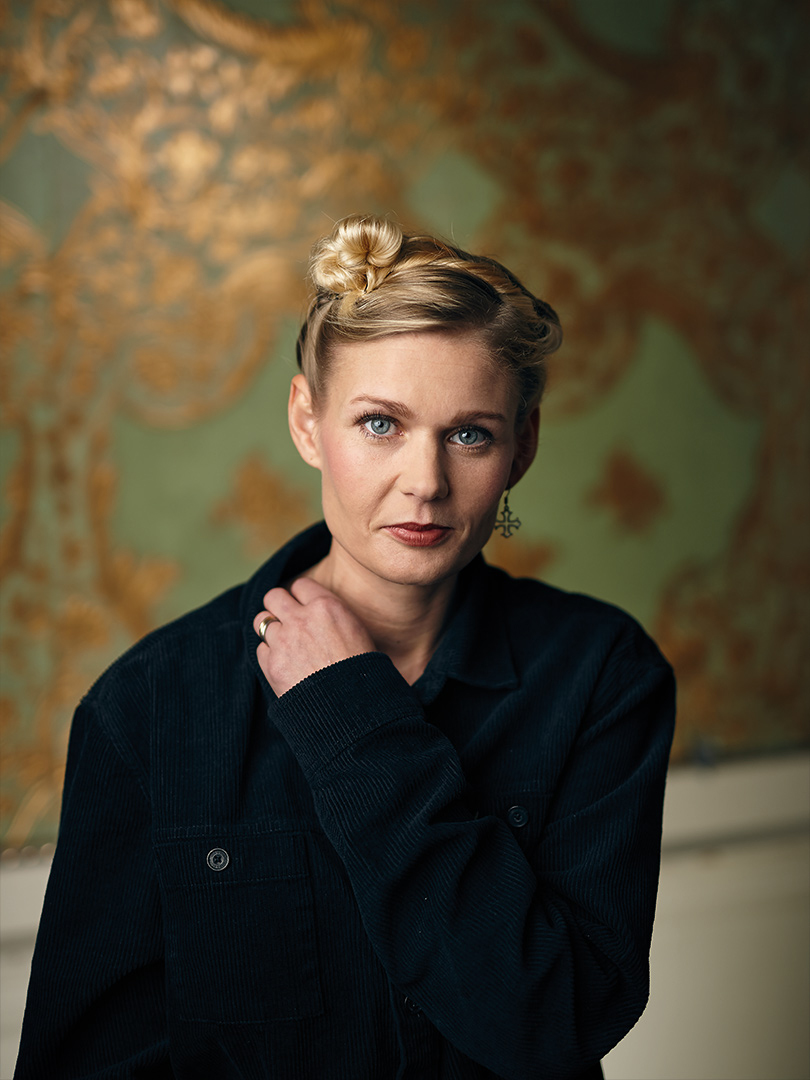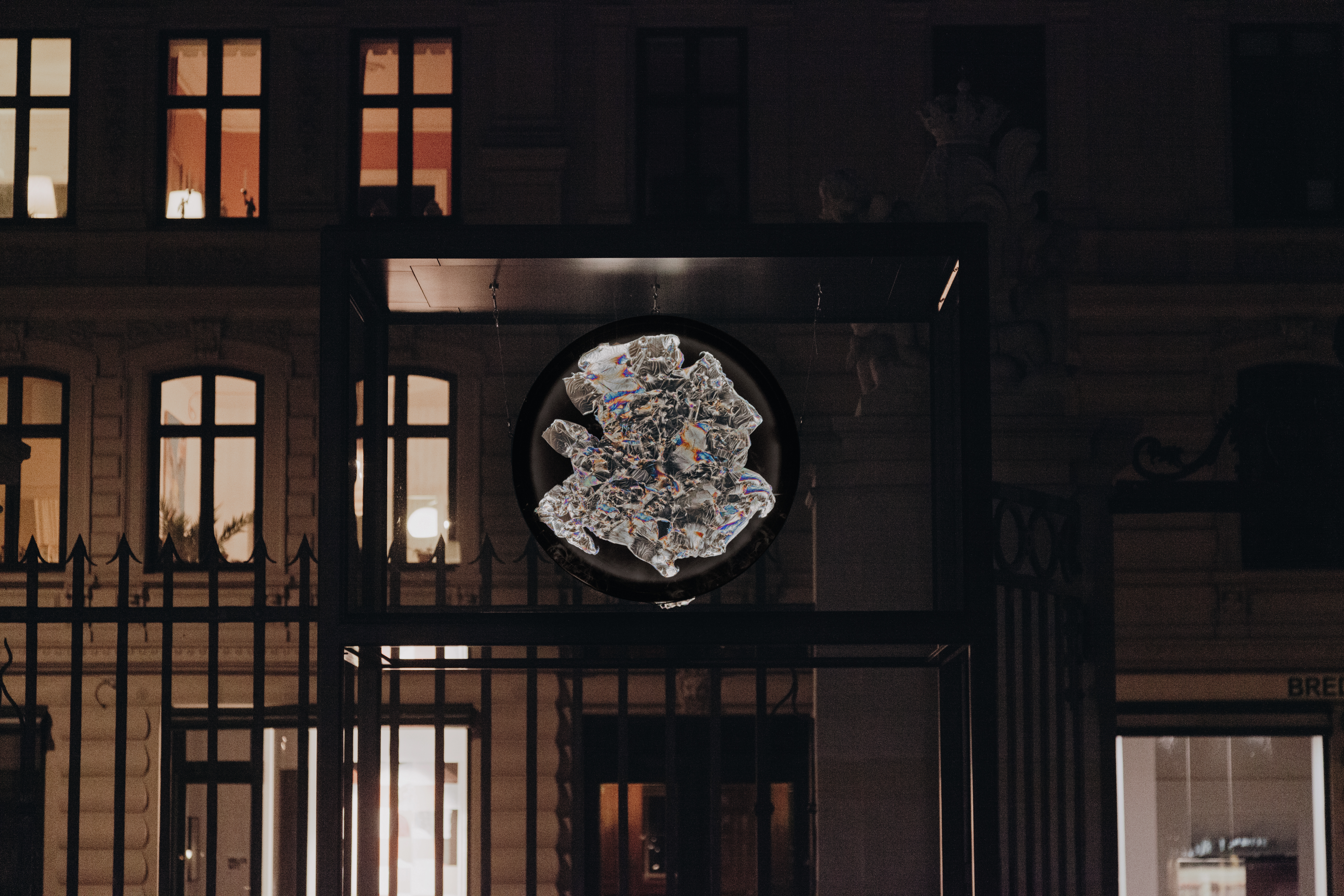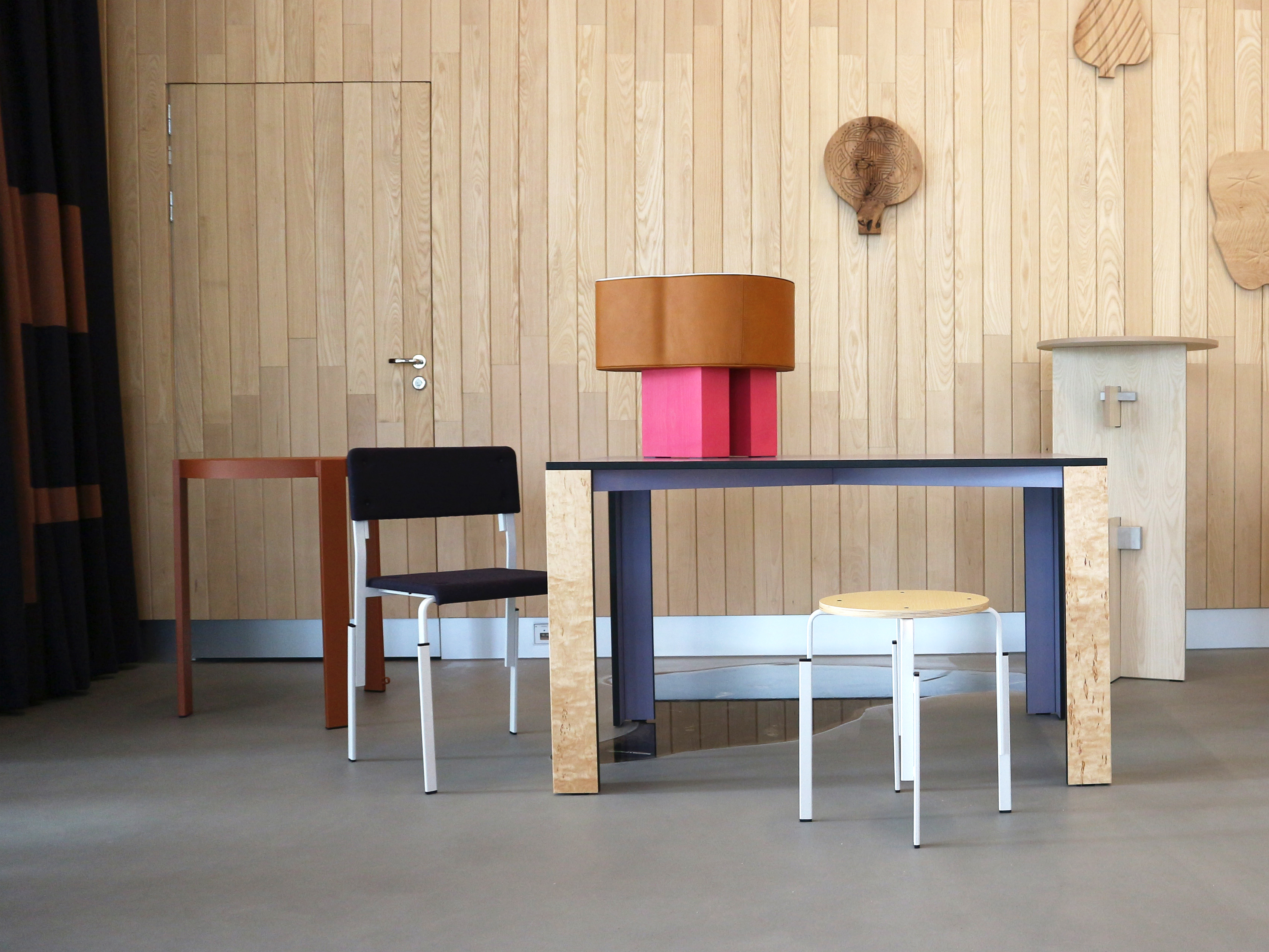“Together we can make a better future but creative thinking will be an important part of that”
Together with Qreator by IQOS, we are going to launch a new events category during this year's edition of Romanian Design Week. It is called DESIGN FLAGS, a series of seven exhibitions that document the evolution of design from international cultural perspectives, which would have been hosted by Qreator by IQOS space.
For the moment we thought of sharing with you the content of these exhibitions, online, here, and also to start a series of interviews with the teams behind them. Thus, we have the opportunity to discover together the ideas and insights that made possible each of these.
You’ll be able to see the exhibition offline at Qreator by IQOS in September, during Romanian Design Week 2020.
Presented with the help of the Spanish Embassy in Bucharest, the Hungarian Institute in Bucharest, the Czech Centre, Designmuseum Danmark, CHART, Next Nature and KWY.studio, the seven exhibitions investigate new approaches and concerns in design and present innovative ideas and products that manage to redefine the sphere of which they are part.
In today's interview we talked to Swedish designer Kajsa Willner, part of the Matters - Rethinking Materials exhibition.

Photo credits: Kajsa Willner @David Möller
Developed by CHART in collaboration with the Designmuseum Danmark and curated by Line Ulrika Christiansen (on behalf of CHART) and Pernille Stockmarr (on behalf of Designmuseum Danmark), Matters – Rethinking Materials presents five young designers who each in their own way showcases a visionary approach to rethinking how materials, ranging from synthetic to organic, can shape new conceptual ideas for a more sustainable future of design.
- Tell us a little about your project, Polarized portraits, part of the Matters - Rethinking Materials exhibition.
How did it start?
The project started out in a former collaboration with a material scientist in a project called What Matters where I as a designer was asked to work with materials that the scientist was researching and that we should exchange ideas to develop a project.
 Kajsa Willner. Polarized portraits. “Matters – Rethinking Materials” – the exhibition is developed by CHART and Designmuseum Danmark and curated by design curator Line Ulrika Christiansen and curator at Designmuseum Danmark, Pernille Stockmarr. Photo credits: Freya McOmish
Kajsa Willner. Polarized portraits. “Matters – Rethinking Materials” – the exhibition is developed by CHART and Designmuseum Danmark and curated by design curator Line Ulrika Christiansen and curator at Designmuseum Danmark, Pernille Stockmarr. Photo credits: Freya McOmish
What was your inspiration for it?
A Polarized light microscope used in the lab by the scientist to examine the materials. After a time of research, I found out how it worked and started to play with bending, blocking and transforming light to force interference.
What did you aim by developing it?
To explore and develop a technique and a material, and combining them with a meaning. That's where the disposable plastic comes in. People are well aware about the plastic issues and how we over-consume, in particular on-the-go, disposable plastic, that either ends up in nature or landfills, without us even thinking about it. By playing with the optical phenomenon of polarized light microscopy I created an imaginative x-ray of planet Earth. The piece examines how disposable plastic can become aesthetic optical art ‘portraits’ of our world, while remaining environmentally harmful plastic waste, with the aim to push for a change.
What is it trying to convey or bring into discussion?
To prove that design is a tool to communicate science and research that could reach out to a broader audience. To rethink the way we use and apply plastics in on-the-go objects.
How was it to be part of Matters – Rethinking Materials exhibition?
A great honour and really interesting to meet the curators and other designers to discuss topics and the future of design and the designers’ role within it.
- How are we rethinking materials nowadays? What is your perspective regarding the curiosity or ability of designers to innovate when it comes to new materials?
In many ways. I think designers play and will continue to play an important role in pushing for innovations and development of rethinking and creating new materials from different perspectives.
- Tell us a little about your background and other projects you developed. What is the one you are most proud of?
I have studied art for many years before I went to Italy (Rome and Milan) to take my bachelor degree in Furniture/Industrial design. After graduating I moved to the Netherlands in Eindhoven where I did an internship for a conceptual designer and worked for a furniture company. After some years abroad I moved back home to Sweden and founded my studio in 2013.
I work with various projects depending on the mission given, most recently I developed pieces of furniture commissioned by an art museum in Sweden called Hallands Konstmuseum.

Photo credits: Hallands Art Museum
- How is the Swedish creative scene adapting or responding to the current crisis we are all facing? Do you personally believe this could turn out to be an opportunity for human kind to reassess its values, priorities and most of all its actions?
For the cultural sector and many other fields this is a hard and tough period financially. But for human kind and for the planet I see a light in the tunnel. Now we know that politicians and presidents can close down country after country and this means we can do something similar, but planned and less drastic, to save the planet. This gives me hope also as a mother of two children that will hopefully have the chance to grow up in a world where adults take responsibility and action.
- And if so, what do you expect to happen in the design world, as an adaptation or reaction or (maybe) answer to the current situation? What would you hope to happen?
I really think design will be an important ingredient for solving, communicating, inventing and taking actions for leading the crowd in the right direction. I hope designers are invited to discussions with politicians, companies, institutions and much more to bring their point of view on challenges and solutions. Together we can make a better future but creative thinking will be an important part of that.
- What would you recommend to a creative person as a resource for this period of isolation (in terms of activities, books, online courses or other resources)?
To go through your budget in the company to see if you can work this period out. After crippling, despondency and hopelessness, accept the uncertainty and try to find strategies to move forward or prepare for a time for your business to survive and to build up after Covid-19.
- Do you believe that constraints are a drive or necessity for the creative act to happen? And if so, why or how come?
Sometimes, sometimes not, it really depends on the vision for the project. What is always important are deadlines, though, to be able to set up a plan and have a bit of a knife to the throat to come up with great ideas.
- What do you expect Rethinking or Change to actually mean in the future?
Many companies, industries and academic institutions outside the fields of art are behind when it comes to rethinking processes and transitions towards more circular flows and economy. I believe designers are that missing link or piece of a puzzle that comes with another perspective on how to solve small and big challenges. I also believe many companies miss out on using the skills of a designer to communicate their idea or process to a broader audience. A good example to show the important role of a designer as a piece of the puzzle to solve different challenges is Jenny Nordberg. She is a designer based in South of Sweden that has been hired to help different companies within different industries to become completely climate neutral. Another example is what my own studio is currently working on. I got the mission to create an exhibition covering 3 years of research on how to move forward into a more sustainable society regarding plastic use. The idea here is to use art and design as a tool to reach out to a broader audience to communicate the complex challenges and advantages of plastics identified in the research.
Where can we find her:
https://www.instagram.com/studiokajsawillner/
Design Flags is supported by Qreator by IQOS.
Qreator by IQOS - Home of Creativity is one of the most active promoters and facilitators of creativity in the cultural area of Bucharest. Through the events it organizes or hosts, Qreator by IQOS connects the creative communities of Bucharest with all those passionate about creativity, in all its forms. Qreator by IQOS provides a space where they can express themselves and collaborate, but also the technological resources needed to put their ideas and projects into practice. More information on http://www.qreator.ro and http://www.facebook.com/qreator.
___
Find out more about the Matters – Rethinking Materials exhibition here.
